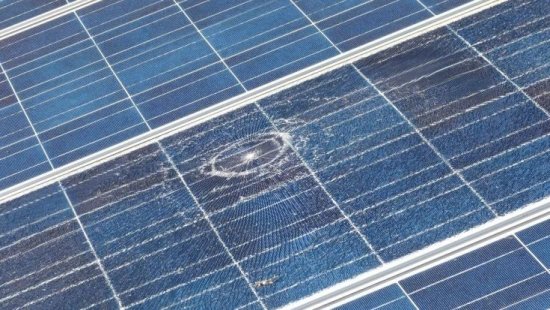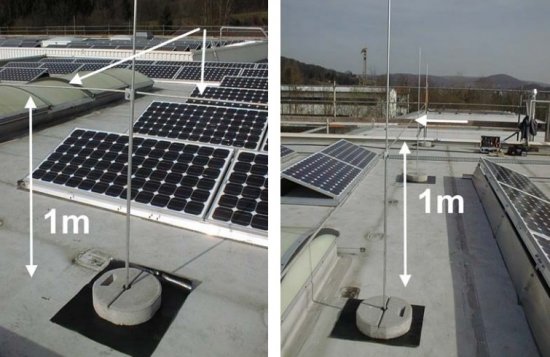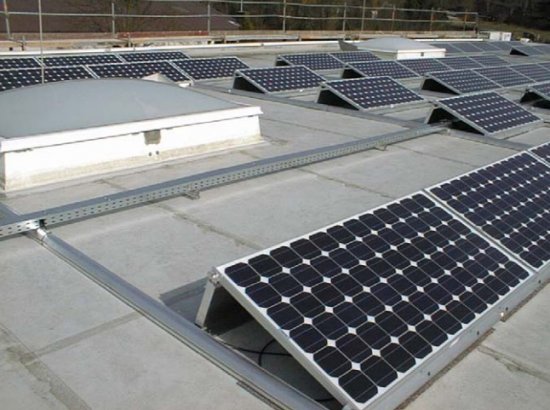How the lightning protection of the solar panels is implemented
Outdoor installation, often over a large area, is a typical placement solution photovoltaic plants (solar power plants)… And this is not at all surprising, because solar panels, whether it is a household or a large industrial plant, must always be located so that they receive maximum solar radiation on their surface.
How else to achieve this, if not by arranging the panels in accordance with the working area of their modules? So it turns out that only places like the roof of a building, the roof of a house or an open field are suitable for placing panels. Under such conditions, of course, there is a high risk of entering the station. lightningwhich can instantly damage expensive equipment.
In this regard, solar power plants need equipped with lightning protection, the principle of construction of which is similar to the lightning protection of any other object. Before erecting lightning protection for panels, determine the lightning protection class of the object itself, on which these panels are mounted.
If the panels are not located on the building, but in the field or on the site, then they are classified as lightning protection of category II or III, depending on the specific structure and its purpose.
In general, Category II refers to production facilities in the area where lightning has an average duration of 10 or more hours per year, and Category III refers to those located in areas where the average duration of a thunderstorm is 20 or more hours per year. In addition, to calculate the protective zone, see regulatory documents SO-34.21.122-2003 and RD 34.21.122-87.
Solar panels located outdoors are at the greatest risk of being struck by lightning. Such stations require contact wire or lightning rodsable to block the relevant protection zone and thus prevent direct lightning striking the equipment.
If the station is located on the roof of a building or, in general, on the roof of some object that must also be equipped with lightning protection, then the lightning protection of the structure is simply raised, taking into account the location of the solar energy panels on it.
Large and powerful solar power plants with a significant area, usually erected in the fields or on special sites, usually have a separate building on their territory, in which inverters, controllers, stabilizers and other equipment important for the operation of the station are installed, which make up the lion's share of the cost of the entire system.
Of course, the panels themselves also need protection against direct lightning strikes. Here it is necessary to take into account the analysis of lightning activity on the ground.Since there are usually many panels, then at such a station they will certainly do and equipotential bonding system.
The external lightning protection system of the solar station is the most important part of the protective structure. It was designed to surround the station from the outside, forming a protective zone. Its calculation is carried out according to the aforementioned regulatory documents.
In addition, it is important to take into account the specifics of the entire object. So the overhead terminal rods are installed at a distance from the panels — a minimum distance of 0.5 meters — so that the lightning current (if it strikes the rod) could not have a detrimental effect on the system.
If, due to design features, it is impossible to maintain the minimum distance, then a direct electrical connection of the external lightning protection and the frame of the solar panels is organized. The connection is made on one side and as close as possible to the bottom conductors to avoid equalizing currents flowing through the panel frames.
See also: How lightning protection of buildings and facilities is carried out



